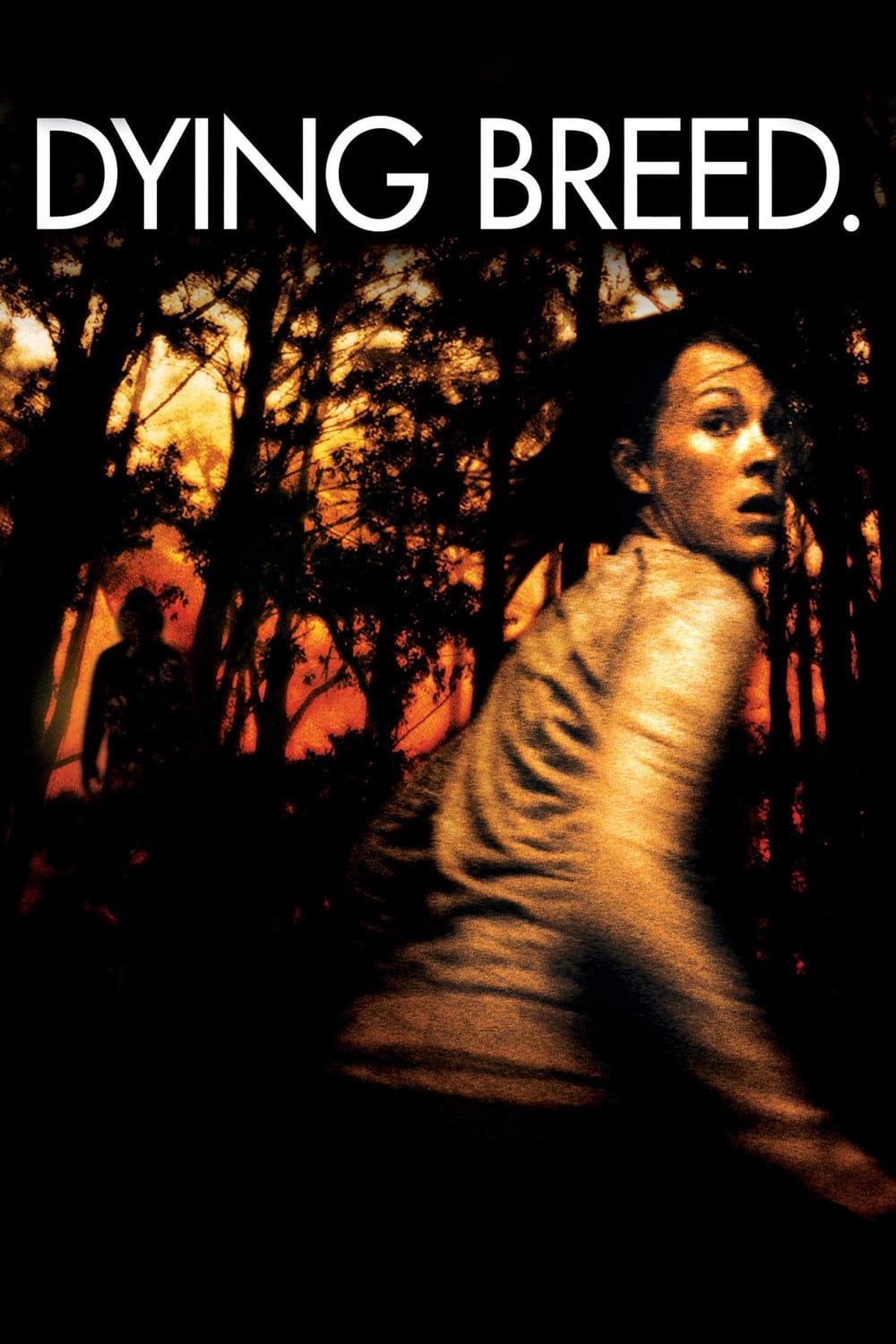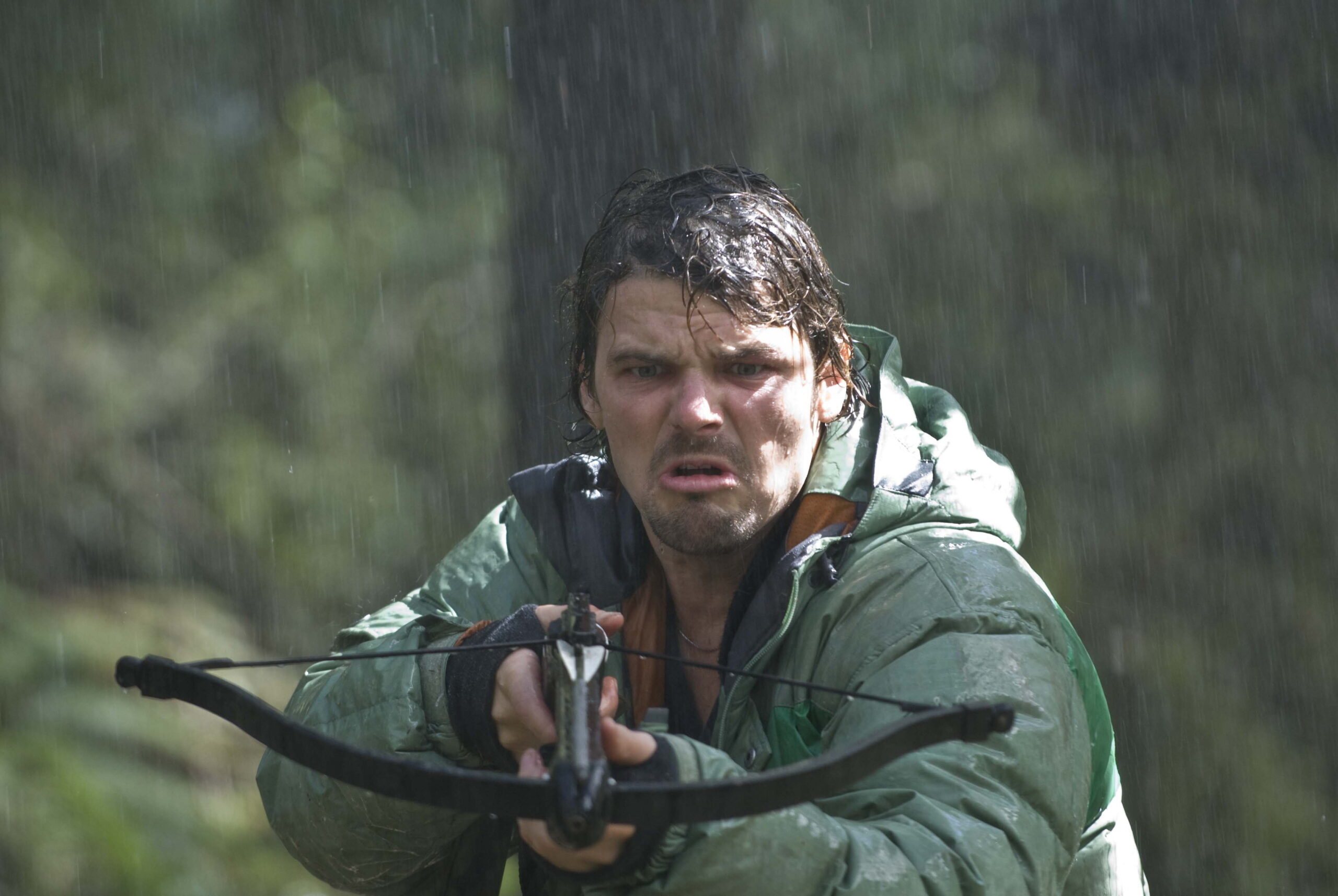On this channel, we have reviewed a few Australian horror films, and today we are bringing you another Australian classic from 2008. The horror genre spans a wide range of topics, but Australians are known for their love of lethal creatures. Get some popcorn and relax for this one because it is not animals that are performing the killing and eating.
Dying Breed, a 2008 Australian horror film starring Leigh Whannell and Nathan Phillips, was directed by Jody Dwyer. The prologue of this stay-away-from-the-woods thriller is based on the true story of Alexander Pierce, an 18th-century convict on the run in Tasmania who was widely thought to have turned to cannibalism to live. Tragedies abound throughout Australia’s white history, particularly in Tasmania, or Van Diemen’s Land as it was previously known.
The island’s history as a harsh dumping ground for British criminals ensured that it was a location reeking of heinous cruelty. The setting is both beautiful and hazardous, and the film moves at a quick enough pace to keep the tension high.
When the heroes find themselves in their own backyard, they come face to face with a culture that has been living in a certain way for a long time and must struggle to defend its lives. So, come with me as we explore the world of cannibalism, Tasmanian devils, and horrible atrocities!
Some species are better off dead – Dying Breed (2008)

The film had its world premiere at the Tr ibeca Film Festival in 2008. It has an MA15+ rating for strong horror violence and a sex scene, as well as blood and gore. In 2009, it was a part of the third After Dark Horrorfest.
One of the posters was banned in Australia due to the “gruesome” image, but it was nonetheless allowed to be displayed in cinema foyers and online. This movie is classified as an Ozploitation film, or an Australian exploitation film because it explores the Australian outback setting by making it look scary and practically calling indigenous communities cannibals but that is a discussion for another day. Let us see what exactly happened in this horror movie and how did four young people literally end up in the jaws of these cannibals!
Nina’s sister vanished in the Australian bush eight years ago while seeking the legendary Tasmanian tiger. Nina sets out to continue her sister’s work with only one clue: a snapshot of a mystery paw print. Nina and her squad, however, will face cannibalistic descendants of an 18th-century maniac known as “the Pieman.” Nina and her boyfriend Matt are planning a vacation to Tasmania in search of the apparently extinct Tasmanian tiger. Along with Jack’s friend Matt and his girlfriend Rebecca.
Who agrees to finance the trip. Her efforts are bolstered by a paw print discovered by her older sister in a remote region of the island some years before her body was suddenly recovered in the Pieman River. A terrible idea but again, horror movies wouldn’t quite exist without people having terrible ideas.
The four buddies go on a riverside nature hike in search of the fabled Tasmanian tiger. Take a vehicle ride, cross the river with a spooky boatman, and arrive there. It’s clear that they’re a fish out of water in a huge sea as they encounter the locals, who are often old school, rough around the edges, and unintentionally questionable. Matt notices a tiny girl on the boat playing a game with yellow-tinted teeth as they arrive.
When Matt inquires about her activities, she recites a rhyme before biting Matt’s hand. They then spend the night in a run-down motel close to a meat-pie factory, where they encounter strange and spooky residents. This should have been red flag number one but they dismissed the odd behavior of the locals as simply customs, they did not understand.
The gang then sets out on a boat in the river that runs through the woodland the next day. They decide to camp in the woods in a cave, and later that night, Matt and Nina come across one of the Tasmanian tigers prowling through the undergrowth. Having finally spotted the beast and what she thought was the species that had killed her sister, Nina hurries to retrieve her camera to photograph the tiger, but it had already bolted into the woods.
Because obtaining confirmation of the tiger’s presence was important to Nina’s research, the party goes into the dark after it, using their cell phones as light. As they recklessly venture into the outdoors with no preparation in the hopes of catching some proof, the horror slowly begins to surface.
What is the horror you will ask? An 18th century descendent and family living in those places, led by a flesh-eating madman known as the “pieman,” apparently enjoys the taste of human flesh. Thus while the four friends pursued the Tasmanian tiger, they had no idea that they were being pursued as well.
This takes us back to the very first scene where we are shown that in Tasmania in the 1800s, Alexander Pearce, dubbed “the Pieman,” had escaped into the bush and was pursued by police officers with dogs. A police officer approached him and attempted to kill Pearce, but his gun did not discharge.
Pearce then bit the cop’s neck, ripping a large chunk out of his throat and killing him. While fleeing from there he was accosted by a Tasmanian tiger, which he satisfies by tossing a piece of the policeman over to the predator to devour. Marking the beginning of his survival story and what led him to develop a taste for human flesh.
Promptly, they start being hunted down one by one. Rebecca is kidnapped and eaten by a cannibal, unbeknownst to the rest of the gang. When the other three reassemble, they notice that Rebecca is missing and Nina’s pant legs are stained with blood. As you may expect, there are some disturbing moments, such as aftermath shots of body parts, flesh-eating goodies, and other such things.
A sequence in which the pie guy practically takes the jaw off one of his victims is even more horrific. There are a few extra kicks thrown in here and there, but primarily it’s just chasing and scream routines around the woods.
We see a lot of bear traps because the pieman likes to employ them to help him catch his prey. What is the essence? People from the city go to the forest and tamper with nature; nature does not take kindly to this and responds in the only manner it knows how. Nature is a family of flesh-eaters this time. And the hunt continues.
The party searches the woodland in a desperate attempt to locate Rebecca. One of the cannibals kills the local ferryman who tries to help them. When they arrive at an abandoned mine, they discover Rebecca’s body strung up on meat hooks, and Jack is killed by an animal trap. Matt seeks refuge underground, where he discovers gruesome evidence of the cannibal’s prior deeds.
Nina finds a railway bridge crossing a fast-flowing river, but she is cornered by two cannibals. She pushes herself from the high bridge on purpose. After apologizing to Matt, the ferryman’s wife kills one of the cannibals and then slits her own throat.
The police arrive at the hotel later that night, but there is no evidence of any of the missing guests. Matt feels depressed and tired as the cops leave, and he prepares to leave when he is unexpectedly attacked. The movie reaches its climax and this is a film that ends with no survivors or rays of hope, making it quite grim and dark.
Later, he is seen paralyzed in a chair, as one of the cannibals explains that, like the tiger, their settlement must remain hidden to thrive. The cannibal then unlocks a door, revealing Nina, who is still alive and is ready to be raped for breeding purposes.
While Matt is watching, a young girl, who is Nina’s niece, approaches him and removes a set of dentures, revealing a set of sharply distorted teeth. How is Nina’s niece? Well, the fate that awaits Nina is the same fate that Nina’s sister had undergone when she disappeared all those years ago. Nina’s phone, which Matt had given them, displays a snap of the Tasmanian Tiger as the cops drive away.
Only 1 or 2 frames show what Pieman’s Pie is made of during the first seconds of the end credits. Any guesses? Well, it is made of human body parts, flesh blood, and so on. This film is also one of three feature films about Irish convict Alexander Pearce made in Australia in the late 2000s. ‘Dying Breed’ (2008), ‘Van Diemen’s Land (2009), and ‘The Last Confession of Alexander Pearce’ (2008) are the three films (TV).
Why should you watch Dying Breed?

Geoffrey Hall’s cinematography is hauntingly beautiful, evoking the solitude and quiet terror of Tasmania’s hinterlands, there’s little else in the Dying Breed that nobody’s ever seen before in terms of plot but the visuals make it a must-have experience. Dwyer has added all manner of unsavory foreign elements to this cinematically unexplored landscape, much like the convict runners of old.
The general city slickers vs. rednecks dynamic is well-known, but horror fans will recognize the more specific connections to Deliverance (1972), The Texas Chain Saw Massacre (1974), The Hills Have Eyes trilogy, the Wrong Turn flicks, and Timber Falls (2007). Even cliches from the horror genre’s past, such as the frightening young girl, comedic chops, and the foot return.
What is extremely interesting is that this movie is based on a true story, Alexander Pearce was an Irish thief who was sentenced to seven years in a prison colony in Van Diemen’s Land, now Tasmania, Australia. He managed to break out of prison on multiple occasions. He supposedly became a cannibal during one of these escapes, slaughtering his accomplices one by one. He allegedly killed and ate him in pieces in another escape with a buddy.
He was eventually apprehended and hung for murder in Hobart, where he was later dissected. Pearce’s descendants, according to Dying Breed, continue to live deep in the jungle and practice some culinary customs. The film is a character study set between 1939 and 1942 against a dramatic backdrop of events in northern Australia at the time, including the WWII bombing of Darwin.
Critics gave Dying Breed mediocre reviews, and it made $211 million on a $130 million budget. The film did turn over a profit along with earning a place in the hall of cannibalism fame – worth a watch in my opinion.
‘We have a life to protect, a tradition’, one character named Bille Brown says near the end of Dying Breed. It may not be groundbreaking, and it may even appear unclean and incestuous, yet this film’s bloodline is rooted in a lengthy horror heritage. There’s plenty of blood and torn-up body parts for any gorehounds out there, this one is a movie for ya’ll.
